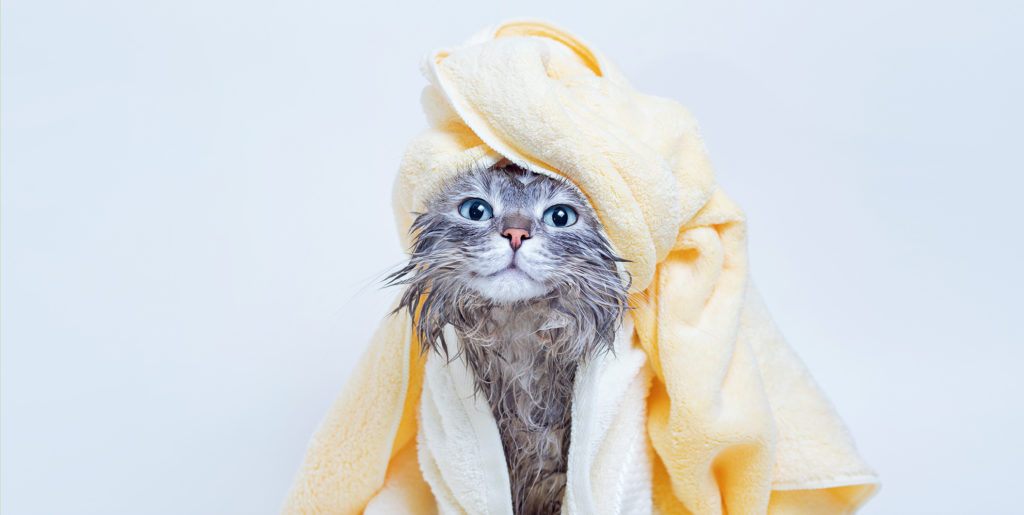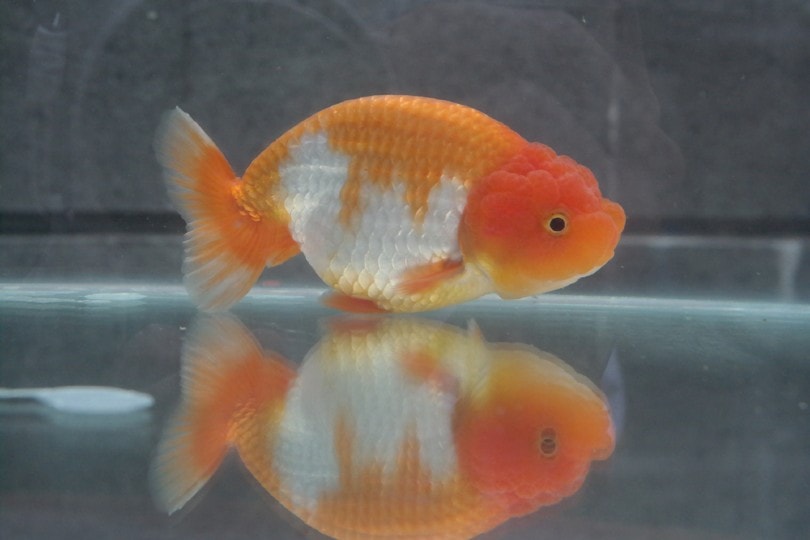VET APPROVED

The information is current and up-to-date in accordance with the latest veterinarian research.
Learn more »Click to Skip Ahead
Some people are unaware that cats can be bathed. But do cats really need to be given a bath from time to time? Not really, cats are fastidious groomers and they don’t generally need a bath to keep their coat clean. However, there might be situations in which long-haired cats or even short-haired cats benefit from baths if they get into something sticky, are unable to groom themselves, or require a medicated shampoo.
Unfortunately, those who aren’t professional pet groomers have probably never even held a high-velocity dryer, let alone have one in the house. So, what’s a cat parent to do? Here’s how you can dry a cat after a bath without getting scratched!

The 7 Steps to Dry a Cat After a Bath
1. See Things From Your Cat’s Point of View
The first step is to get in the right mindset. Remember that your cat will be going through something stressful and scary, especially if they’re new to baths. Understanding why your cat is so upset will allow you to be more empathetic to your cat’s situation and handle everything with the grace your cat needs from you.
Make sure you pick out an old towel to use. That way, you won’t worry about whether your cat will scratch or claw the towel in fear.
2. Spread Out a Towel Next to the Tub or Sink
Let your cat get out of the tub on their own. If your cat is too shocked by the bath, you can help them out, but letting them get out by themselves will help them feel like they have agency in the situation and prevent them from feeling too out of sorts.
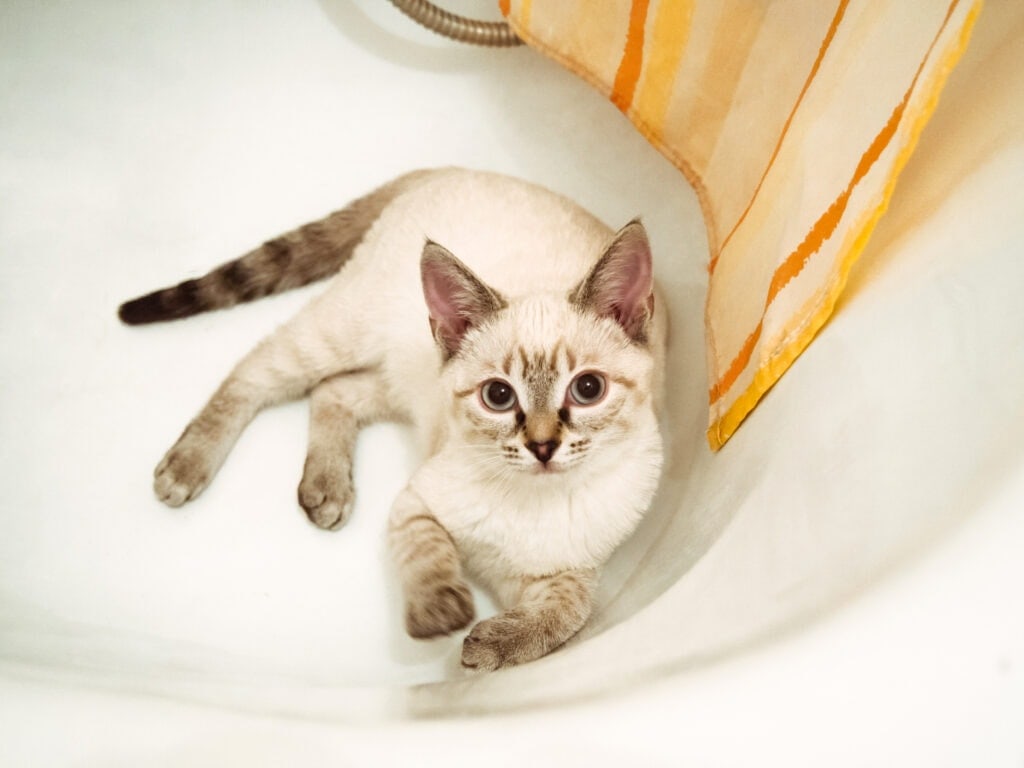
3. Place Your Cat on the Towel and Wrap Them Up
Wrap the towel around your cat the long way. Your cat will almost certainly try to fight you, so hold them still gently with one hand while you wrap the towel around them snugly and then pull the towel away from their face.
4. Sit With Your Cat on Your Lap
Hold your cat snugly against your body with them in your lap, wrapped in the towel. Don’t start rubbing them dry; that might scare them. Instead, just sit with them in your lap and hold them gently to help them calm down.

5. Wring Out Your Cat’s Fur
Squeeze the towel bundle gently to push the water out of your cat’s fur and into the towel. Don’t squeeze hard as you would for an inanimate object, though—just enough to express some of the water in your cat’s fur.
6. Blot Your Cat’s Fur Until It’s Damp
You don’t want to rub the cat’s fur because that will scare them and irritate the skin. Instead, press the towel against the cat’s body to blot the water out of their fur. Do this until the cat is lightly damp rather than dripping wet.
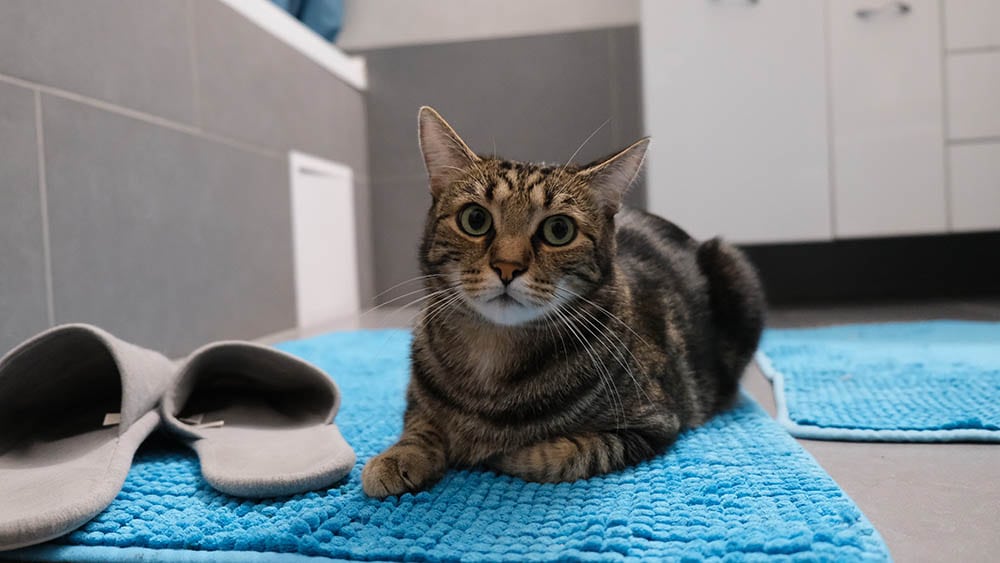
7. Put Your Cat in a Warm Room
Putting your cat in a warm room will help counter the evaporative cooling effect, where water evaporating from their fur removes heat from their body, potentially lowering their temperature. While it might sound surprising that a cat could get hypothermia from a bath, you must remember that their fur traps a lot more water than can sit on top of a human’s skin. So, they can potentially get colder than we do.
Avoid putting your cat next to the heater in case they get burned. If you need to use a heater because it’s winter, just use one that is attached to the wall and your cat doesn’t have access to it. If it’s not too cold outside, you can just leave the heat at a lukewarm temperature and spread a warm blanket out for your cat to lay on while their fur dries.
Putting your cat too close to the heat could burn their skin and leave them with injuries to go with their wet fur. The heater could burn your cat, but they could also get a burn from the water evaporating at a higher temperature than their body temperature.

Why You Shouldn’t Use a Hairdryer
Cats generally find hairdryers objectionable because they don’t like the sound, the feeling of the wind, or the heat. Everything about a hairdryer is offensive to the senses of cats. Your cat will almost certainly freak out if you try to use a hairdryer on them.
Whipping out a hairdryer might be tempting, but it isn’t just scary for your cat; it’s also irritating for their skin. Furthermore, you can burn yourself with a hairdryer, so you can burn your cat too.
How to Make Bathing Your Cat Easier
Acclimate yourself and your cat to the bathing process before you start bathing them. It’s better to get your cat acclimated to bathing before their first bath and preferably when they’re much younger. It’s harder to adapt an old cat to new situations and stimuli than a young one. Plus, if you acclimate your cat when they’re young, they’ll be a professional bath-taker by the time they’re old enough to need baths.
Giving your pet a bath can be a difficult task, but the first step is to choose a great shampoo. We love Hepper's Shampoo Products, both of which are natural, pet-safe options specially formulated to clean your pet's skin and coat without causing irritation. Both formulas are also free of things like dyes, soaps, sulfates, and phthalates. Your pet will enjoy the soothing aloe vera and oatmeal, and you'll love the clean, fresh scents!
| Image | Product | Details | |
|---|---|---|---|
For Bathing
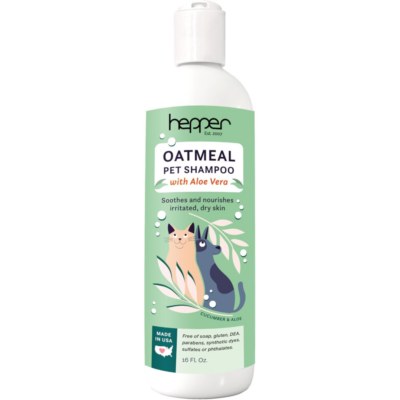 |
Hepper Oatmeal Pet Shampoo |
|
Check Price |
For In-Between Baths
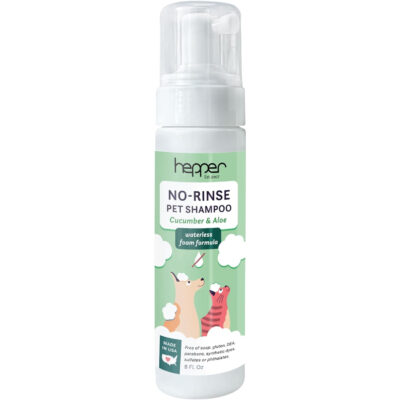 |
Hepper No-Rinse Pet Shampoo |
|
Check Price |
At PangoVet, we've admired Hepper for many years, and decided to take a controlling ownership interest so that we could benefit from the outstanding designs of this cool cat company!
Getting Your Cat Acclimated to Baths
Getting your cat acclimated to baths is easier than you might think! But it’s a slow process. So, it’s best to start as young as you can.
- Start by playing with your cat in the bathtub without water. You want your cat to forge positive associations with the bathtub and think of it as a place for fun.
- Once your cat readily climbs into the bathtub with you, take a damp cloth and wipe their fur with it. This will help them get used to the feeling of having wet fur without any scary new stimuli like the sound of running water.
- When your cat is used to being damp, use a cup to pour a little bit of water over their back. Don’t get any water on their face yet; you’ll scare your cat if you do.
When your cat is used to being wet, it’s time to try a real bath. If your cat reacts negatively, go back to a previous step, and help them get comfortable with it again.


Final Thoughts
It’s hard to imagine a cat taking a bath, but it turns out that it needs to happen sometimes. So, it’s best to get your cat ready for the inevitable to lessen your collective pain!
Featured Image Credit: KDdesignphoto, Shutterstock
